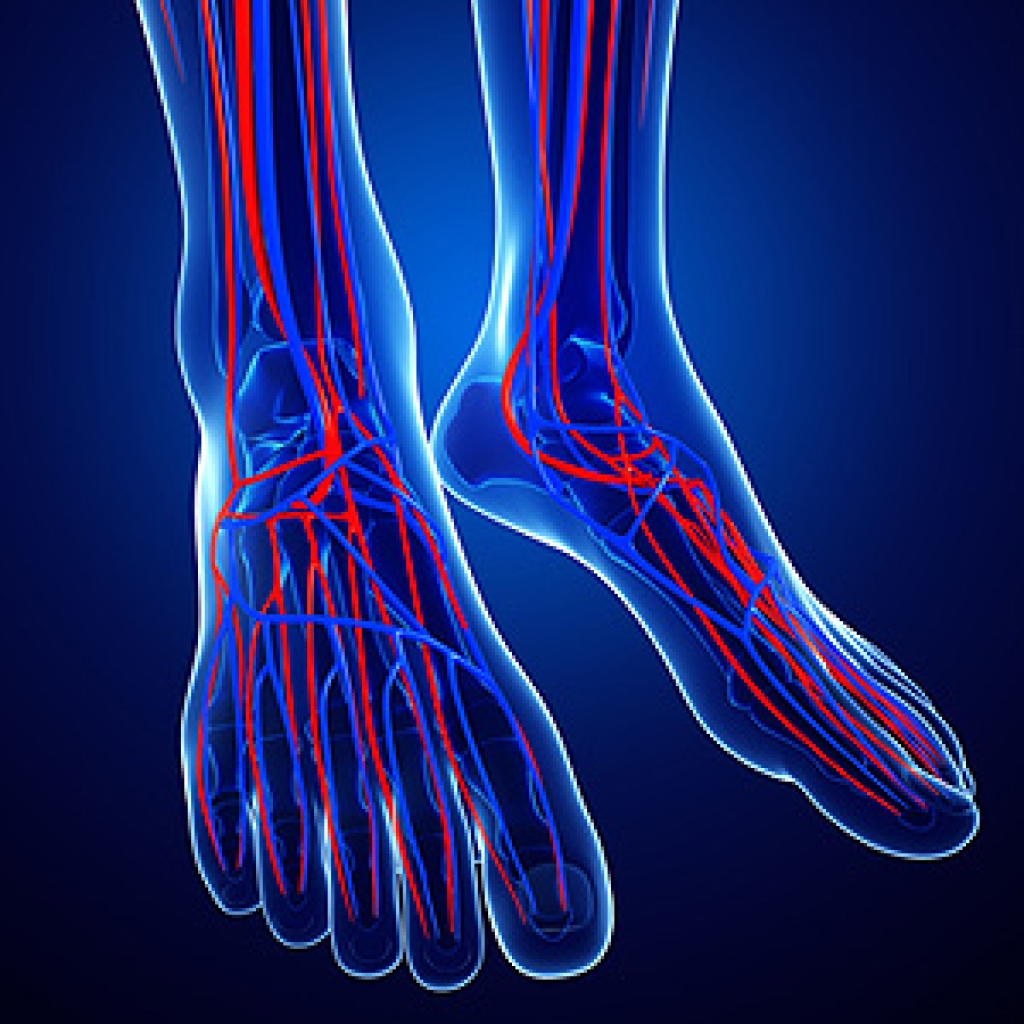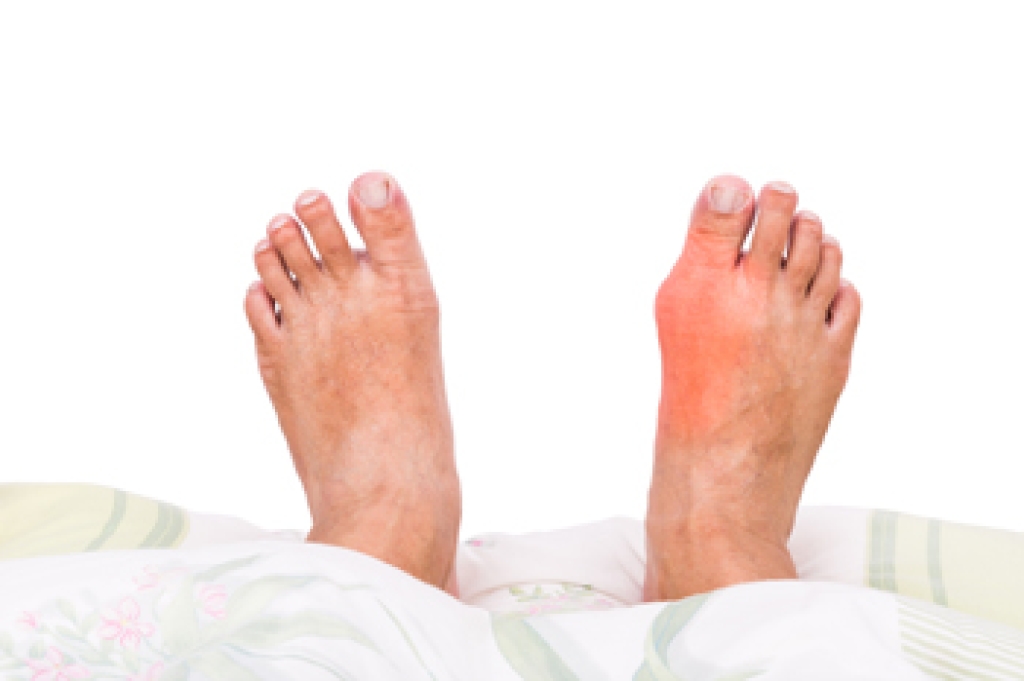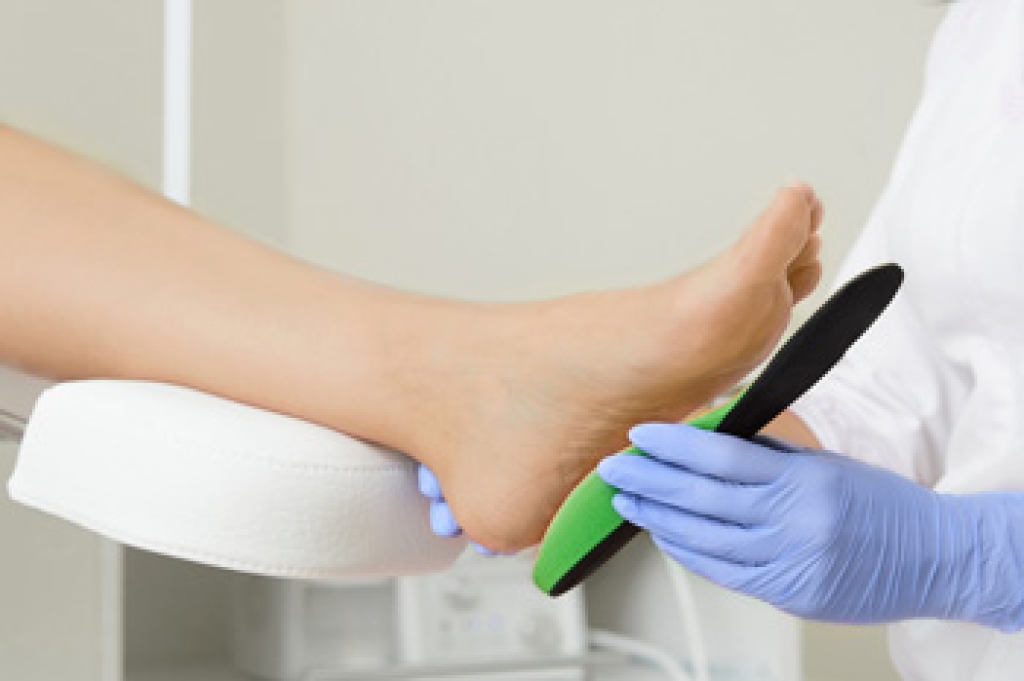 Many people have general aches and pains in their feet. When pain develops in the ball of the foot, it may be indicative of a condition that is referred to as Morton’s neuroma. This is an ailment that affects the nerves in the feet that helps to avoid falling by maintaining balance. It develops as a result of inflamed nerves which can happen for a variety of reasons. These can include wearing shoes that do not fit correctly or from medical ailments consisting of bunions, hammertoe, and flat feet. Mild relief may be found when the affected foot is massaged, and it may be beneficial to wear custom made orthotics. If you have pain in this part of your foot, it is strongly suggested that you seek the counsel of a podiatrist who can properly diagnose and treat Morton’s neuroma.
Many people have general aches and pains in their feet. When pain develops in the ball of the foot, it may be indicative of a condition that is referred to as Morton’s neuroma. This is an ailment that affects the nerves in the feet that helps to avoid falling by maintaining balance. It develops as a result of inflamed nerves which can happen for a variety of reasons. These can include wearing shoes that do not fit correctly or from medical ailments consisting of bunions, hammertoe, and flat feet. Mild relief may be found when the affected foot is massaged, and it may be beneficial to wear custom made orthotics. If you have pain in this part of your foot, it is strongly suggested that you seek the counsel of a podiatrist who can properly diagnose and treat Morton’s neuroma.
Morton’s neuroma is a very uncomfortable condition to live with. If you think you have Morton’s neuroma, contact Dr. George Yarnell of Pennsylvania. Our doctor will attend to all of your foot care needs and answer any of your related questions.
Morton’s Neuroma
Morton's neuroma is a painful foot condition that commonly affects the areas between the second and third or third and fourth toe, although other areas of the foot are also susceptible. Morton’s neuroma is caused by an inflamed nerve in the foot that is being squeezed and aggravated by surrounding bones.
What Increases the Chances of Having Morton’s Neuroma?
- Ill-fitting high heels or shoes that add pressure to the toe or foot
- Jogging, running or any sport that involves constant impact to the foot
- Flat feet, bunions, and any other foot deformities
Morton’s neuroma is a very treatable condition. Orthotics and shoe inserts can often be used to alleviate the pain on the forefront of the feet. In more severe cases, corticosteroids can also be prescribed. In order to figure out the best treatment for your neuroma, it’s recommended to seek the care of a podiatrist who can diagnose your condition and provide different treatment options.
If you have any questions, please feel free to contact our office located in Lansdowne, PA . We offer the newest diagnostic and treatment technologies for all your foot care needs.








